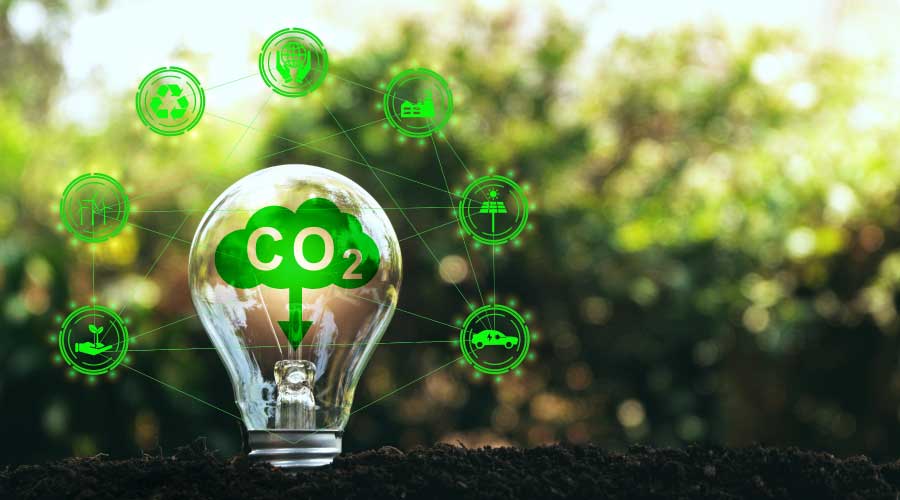LED Evaluation Checklist, From Codes To Costs
Once you have a general understanding of the benefits and cautions involved with LEDs, you should take an equally close look at the specific applications for which LEDs are being considered, as well as specific LED products. The factors to keep in mind here are relevant for any lighting technology, including LEDs:
11. Light level. Do you know what the appropriate light levels (illuminance) are for the application? Is the current light level adequate? Is it too low or too high? Just replacing technology to achieve energy savings could leave a lot of energy savings untapped. Perform at least some basic check of light levels and then seek to make the appropriate changes to make them current with recommended guidance. The IES is considered the authority on recommended light levels through its Handbook and other recommended practice documents. Guidance for taking basic measurements is also available from various sources including the IES and the Department of Energy.
12. Color. Is white light (in one shade or another) considered important for the application? If not, other sources such as low pressure sodium (with high efficacy due to single orange color chromaticity) may be a cost-effective option.
13. Product performance and quality. Product information can be found online and from manufacturer's representatives. However, some of this legwork has already been done for a variety of products. (See "LED Information Resources" on facing page.) Energy Star listings tell whether a product meets certain criteria, but the coverage of products is primarily limited to residential applications and replacement lamps. The DesignLights Consortium provides an extensive listing of commercial LED lighting products that meet certain performance specifications, including efficacy. Many larger utilities offer incentives for products meeting Energy Star or DLC requirements. These are all potentially useful sources for identifying products that will have some assurance of a certain level of performance. The DOE's LED Lighting Facts is a voluntary program that manufacturers can use to show verified product performance information based on photometric testing by a qualified test laboratory.
14. Product useful life. What are the true needs for the longevity of the product? In some cases, the longer the lighting lasts, the better because there are no plans or needs for replacing the fixtures as long as lighting is adequate. However, in other cases, there may be planned replacement or update cycles for lighting, such as in some retail situations where five years may be considered the point where lighting is changed for design or thematic reasons. Also important to consider is what light level you want to maintain before needing to perform maintenance. Care is needed here to make sure to collect the best life-related information available and make a conservative assessment of expected life for your particular needs.
15. Controls. Although the efficacy of LED technology can do great things for energy savings, it is still true that turning lights off or down when not needed often provides the greatest savings in a project. LED technology turns on and off instantly and in general does not suffer from shortened life due to frequent switching compared to fluorescent, for example. This makes it a great candidate for control, but be aware of the need for a good match between the control and driver electronics for dimming. This match is a critical part of projects with dimming-based control.
Related Topics:















